The Future of Development Finance:
5 event takeaways
There’s plenty of money. But not enough is invested in a better world. The so-called “billions to trillions” idea is still more an idea than reality. What’s holding it back? How do we drive it forward?

On Oct. 7, Devex brought together actors from both the finance and global development sector to bear on the critical topic of innovative finance during a daylong event in central London. Over 150 experts from development finance institutions, aid agencies, investors, international NGOs, and the private sector joined us to take a practical look at the current landscape and where the future of development finance is headed.
Here are some of the thought-provoking ideas and takeaways from the day’s discussions.
1. Political will and better solutions needed to take advantage of new financing tools
There is still a big gap between what’s happening in development finance, impact investing, and the mainstream capital markets. In order to move mainstream capital markets toward impact, these worlds need to be brought together, said Lorenzo Bernasconi, managing director of innovative finance at The Rockefeller Foundation, as he kicked off the first panel discussion on the potential of new financing tools to bridge the Sustainable Development Goal funding gap.
Bernasconi also highlighted the need to develop more fit-for-purpose financing solutions. “Because the capital markets have not been designed to address the types of challenges that we have today, we need to think about new ways in which we can leverage investment and finance to ... effectively drive investment at scale,” he said.

Lorenzo Bernasconi, managing director of innovative finance at The Rockefeller Foundation, kicked off the first panel discussion on the potential of new financing tools to bridge the SDG funding gap.
Bernasconi stressed the importance of finding ways for more mainstream capital to flow towards areas of need. Blended finance, he said, helps to address those issues — whether on the risk and return side or on the impact side of the equation.
“We need to continue innovating, and I think there’s room for more standardization and for more institution building,” he said. “I don’t think we’ve even started to scratch the surface of what is possible.”
Very interesting dialogue about efficient financing tools and processes to solve world's most pressing problems. Lack of Polítical will and lack of stakeholders involved in potential solutions are mentoned as bottlenecks for success #FutureOfDevFinance
— Marco Villela (@VillelaMarco) October 7, 2019
Bernasconi also addressed the lack of political will to bridge the financing gap and that more incentives are necessary.
“There’s an enormous amount of opportunities and innovations that could happen on the policy front to ensure that we have the right kinds of incentives to drive in the capital at scale,” he said.
Tarun Mehta, partner at Indian venture capital firm The Aavishkaar Group, said the success of new financing tools depends on their ability to crowd in more patient capital.
“We need more patient capital,” he said. “Because yes, we can exit earlier, but that would be to the detriment of the company in terms of [a] monetizing event. They need some time to grow.”
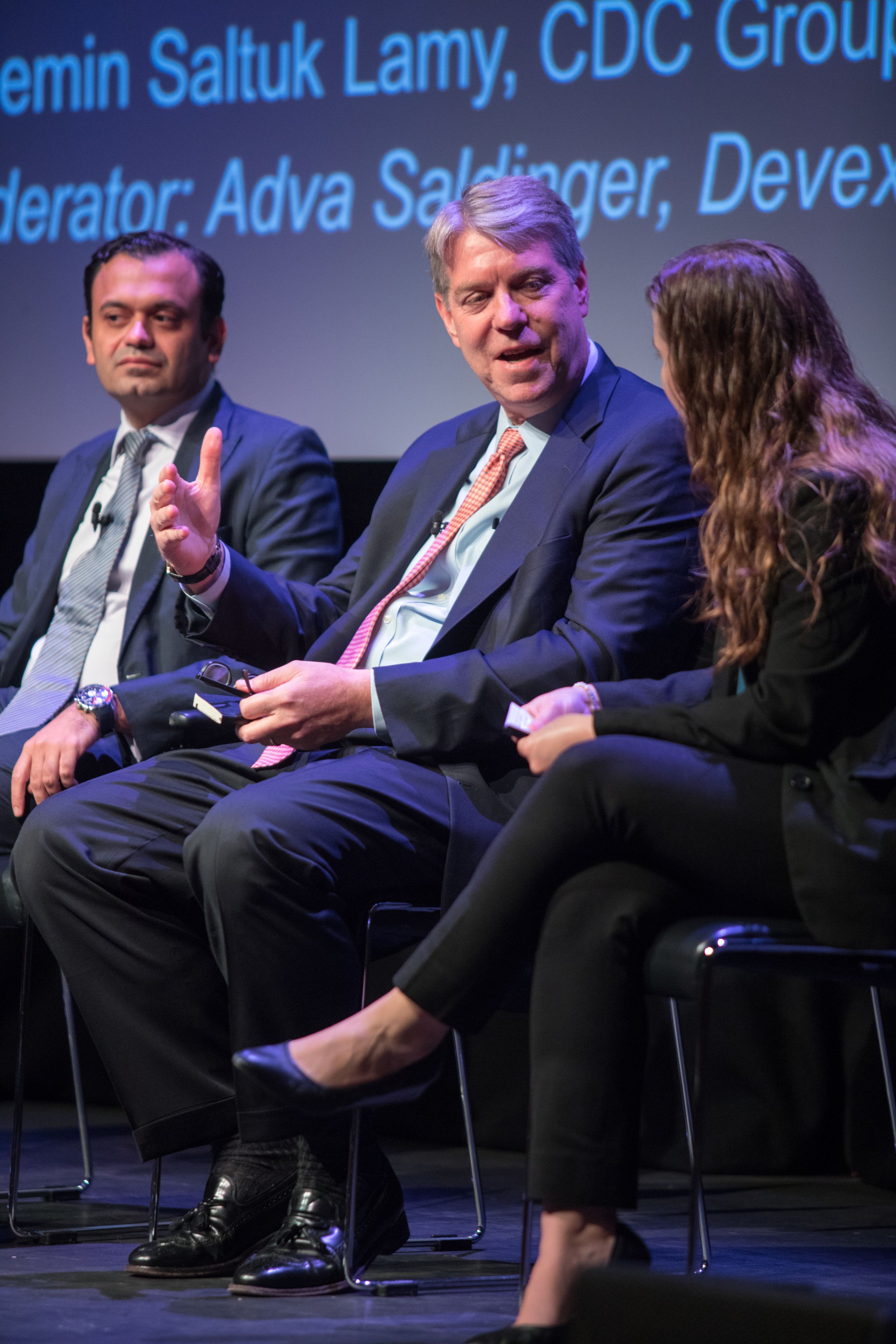
John Morris, founding partner and CEO at 17 Asset Management, joined the first panel discussion on the potential of new financing tools to bridge the SDG funding gap.
However, the appetite for this type of investing is definitely there, said John Morris, founding partner and CEO at 17 Asset Management.
“There’s not a problem of capital looking to invest in the SDGs,” he said. “It’s going back to the design process and in getting investors into the discussion on how that process should look like.”

Lorenzo Bernasconi, managing director of innovative finance at The Rockefeller Foundation, kicked off the first panel discussion on the potential of new financing tools to bridge the SDG funding gap.
Lorenzo Bernasconi, managing director of innovative finance at The Rockefeller Foundation, kicked off the first panel discussion on the potential of new financing tools to bridge the SDG funding gap.

John Morris, founding partner and CEO at 17 Asset Management, joined the first panel discussion on the potential of new financing tools to bridge the SDG funding gap.
John Morris, founding partner and CEO at 17 Asset Management, joined the first panel discussion on the potential of new financing tools to bridge the SDG funding gap.
2. Involve the right stakeholders and be context-sensitive to effectively measure impact
During the panel discussing what’s needed to get impact measurement right, Clara Barby, chief executive of the Impact Management Project, stressed the importance of context.
“Context matters when you’re talking about impact,” she said. “When people say that context matters for measurement, do we actually agree on the dimensions of measurement that tell you about context?”
Measuring SDG progress: critical to establish realistic expectations 4 later measuring impact,still flexible to learn & adopt. Benchmarking can enable measuring impact but context differences are uncertain. @devex @LeapFrog @UNDP #FutureofDevFinance pic.twitter.com/29UymZK8Ol
— Michele Gonzalez-Mendia (@gonzale_michele) October 7, 2019
Barby also urged the finance community to be as precise as possible with impact. “We have the tools,” she said, adding that “we can actually make it much more sophisticated than we have done if people can really embrace it and put their energy behind it the way we have with risk analysis.”
Systems, frameworks for measurement, metrics and benchmarking all important to impact measurement and management, says Clara Barby from @impmgmt #FutureOfDevFinance
— Adva Saldinger (@AdvaSal) October 7, 2019
According to Gerbrand Haverkamp, executive director of the World Benchmarking Alliance — which was launched in 2018 to measure companies’ contributions to the SDGs — effective benchmarking requires the involvement of a variety of different stakeholders, including financial institutions, scientists, governments, and civil society actors.
“You need to create alliances of people that come together and that together give legitimacy,” he said. “That’s important, because if we want to go to a place where there’s somehow accountability for these standards and principles, we need to put the stuff in the public domain.”
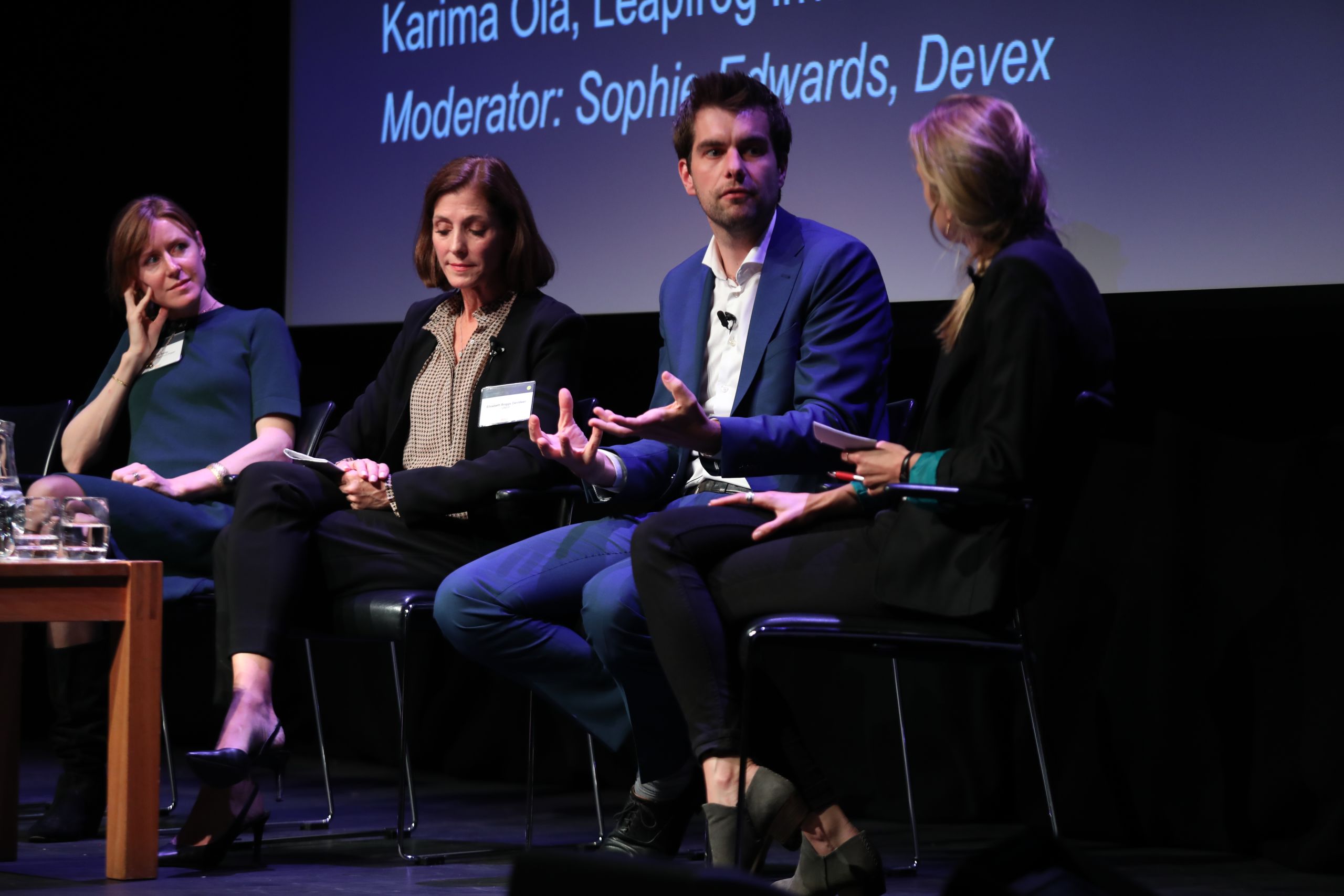
3. The solutions and tools are there, but we need to create more bankable deals
Philippe Valahu, CEO of the Private Infrastructure Development Group, opened a panel on the role of the private sector in mobilizing more capital for the SDGs by saying he doesn’t find the use of the term “billions to trillions” helpful.
One of the biggest discussion points at #FutureOfDevFinance today with a brilliant panel to answer - how do we scale from billions to trillions? And is that the right question to be asking? pic.twitter.com/8yC7KbtncI
— CDC Group (@CDCgroup) October 7, 2019
“We know that the money’s there, and we know what it takes to move [it], but where are the bankable deals?” he asked.
"We know the money is there, and the will to do the deals is there, but it's important to also mobilise the domestic capital at a local level" Philippe Valahu, CEO PIDG speaking at the #FutureofDevFinance @devex https://t.co/UngmPV6Gtk
— PIDG (@PIDGorg) October 7, 2019
“Anyone talking about the billions to trillions agenda seem to be focused exclusively on cross-border financing,” said Valahu, noting that it is equally important to talk about domestic mobilization as a means to deepening local capital markets.

Philippe Valahu, CEO of the Private Infrastructure Development Group, or PIDG, opened up the panel on the role of the private sector in mobilizing more capital for the SDGs.
Chris Clubb, executive director of the blended finance platform Convergence, said he considers the billions to trillions tag line to be aspirational but the real question is: Why aren’t we moving in this direction?
“The money is there, and the investment needs are there, but we need to alter the risk return to make it more conducive to investors to invest in places that they’re not initially keen to invest,” he said.
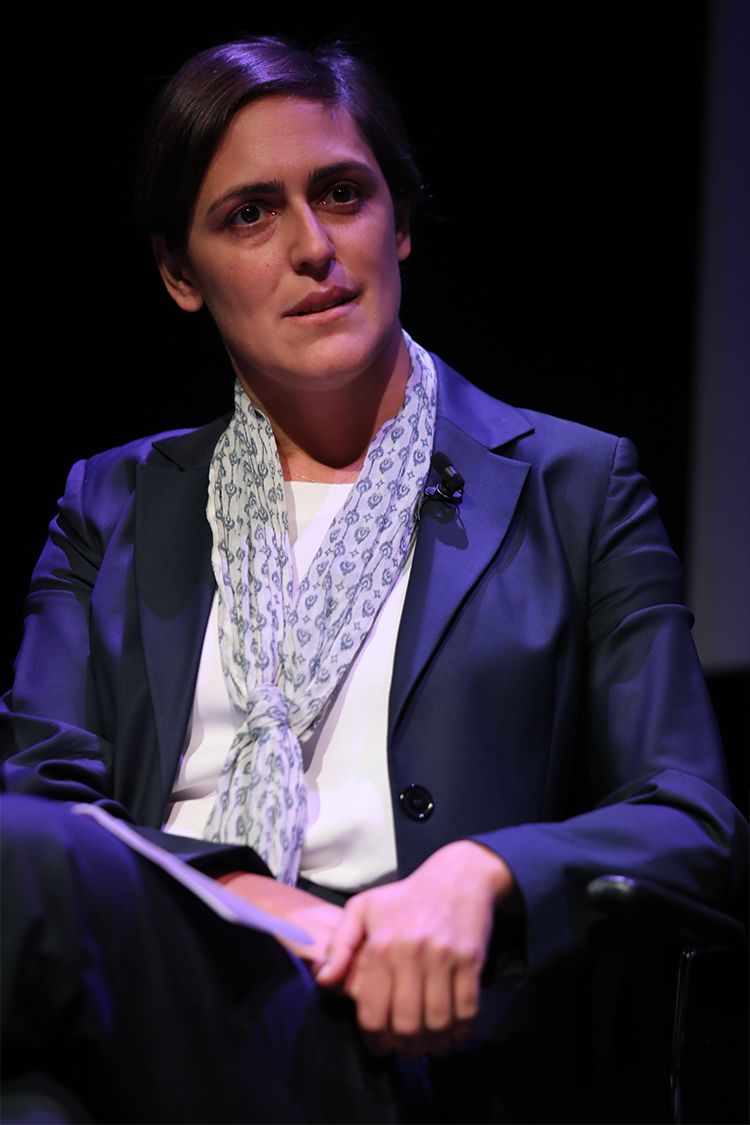
Deniz Harut, executive director of Standard Chartered’s sustainable finance team, spoke about the crucial role of partnerships in scaling new tools.
Deniz Harut, executive director of Standard Chartered’s sustainable finance team, agreed that the solutions exist, adding that partnerships will need to play a crucial role to scale these new tools.
“The solutions are there. We’re not reinventing the wheel either. It’s just bringing different partners together around the solution.” @denizharut, @StanChart
— Devex (@devex) October 7, 2019

Philippe Valahu, CEO of the Private Infrastructure Development Group, or PIDG, opened up the panel on the role of the private sector in mobilizing more capital for the SDGs.
Philippe Valahu, CEO of the Private Infrastructure Development Group, or PIDG, opened up the panel on the role of the private sector in mobilizing more capital for the SDGs.

Deniz Harut, executive director of Standard Chartered’s sustainable finance team, spoke about the crucial role of partnerships in scaling new tools.
Deniz Harut, executive director of Standard Chartered’s sustainable finance team, spoke about the crucial role of partnerships in scaling new tools.
4. Involve host governments in conversations around financing
To succeed in confronting global issues, host governments need to be involved in the conversations around financing, said Mark Malloch-Brown, former United Nations deputy secretary-general.
“You can see that the private sector is in many ways incrementally stepping up to the plate with more innovative financing solutions,” he said. “But the problem is, when it looks over its shoulder, government ain’t there with it.”
@malloch_brown for us to succeed in addressing global issues we need governments, which has been recently missing. Others have been taking the lead e.g. #privatesector #civilsociety @devex #FutureofDevFinance pic.twitter.com/UEuQTXIPWZ
— Temitayo Erogbogbo (@TemitayoE) October 7, 2019
“We have arguably the most disappointing set of governments globally that we have had in a very long time,” Malloch-Brown added. “That isn’t just a coincidence of elections — it’s a world that’s deeply frustrated by the failure of the last generation of governments to address growing problems of inequality, exclusion, and marginalization of people.”
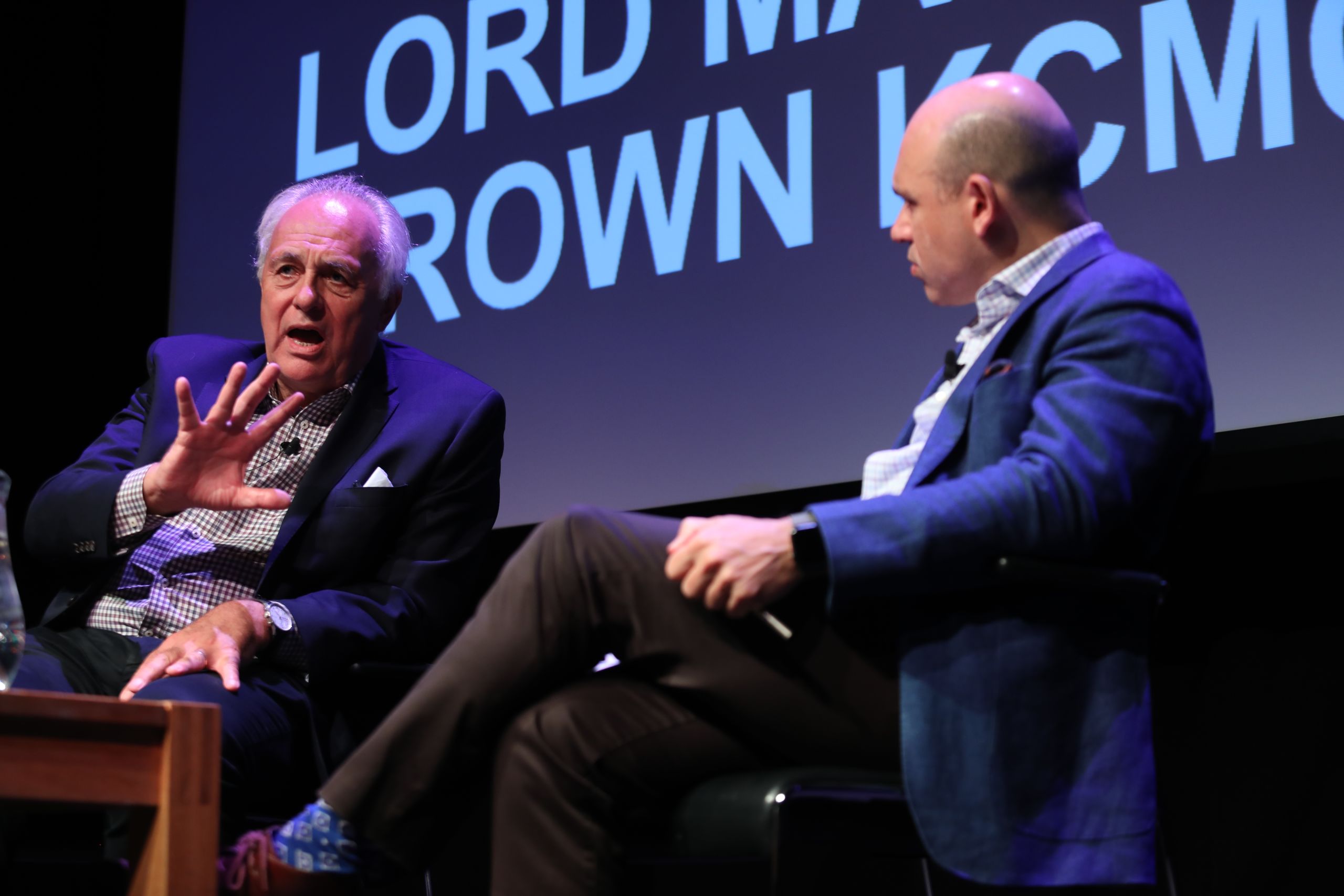
5. Patient vehicles that can support SMEs are necessary to scale impact
Small- and medium-sized enterprises are the vehicles to get the jobs in South Asia and sub-Saharan Africa needed to achieve the SDGs, said Alix Peterson Zwane, CEO of the Global Innovation Fund.
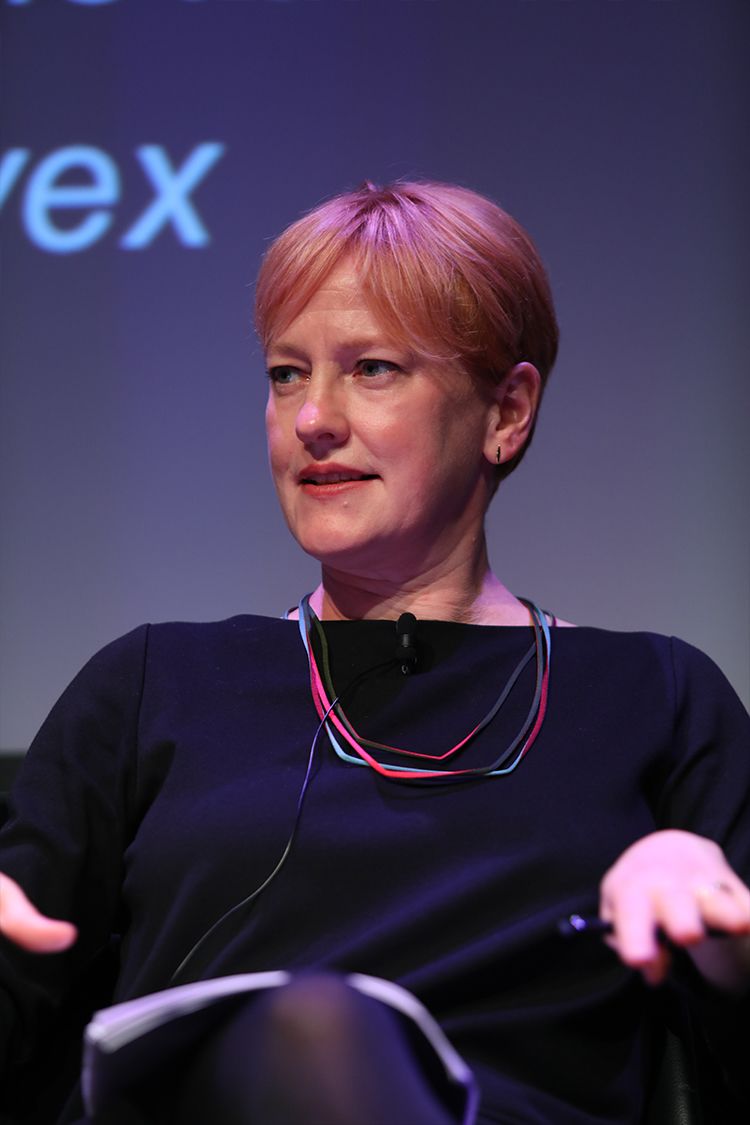
Alix Peterson Zwane, CEO of the Global Innovation Fund, spoke on the fifth and final panel on scaling new financing tools.
“We need patient vehicles that don’t need to rush for [internal rate of return] and rush for the exit, that can see those companies along their journey until they’re ready to engage with DFIs,” she said. “We’ve just got gaps then in our financial ecosystem.”
Another priority, according to Peterson Zwane, is to “figure out local currency working capital and figure out how to have partnerships” between DFIs and local banks so that lending can be done in local currencies.
.@AlixZwane: Companies that have maybe moved beyond Series A financing, but aren't yet ready to take on private equity or DFI capital, need investment vehicles that are able to operate in this space + help them on their journey to scale #FutureOfDevFinance
— Global Innovation Fund (@GlobalInnovFund) October 7, 2019
“Ideas that used to be confined to development finance wonks like myself are now really becoming mainstream,” said Haje Schütte, head of the development finance division at the Organization for Economic Cooperation and Development.
“That’s very positive, but going forward, we need a much better knowledge of what it actually takes,” he added. “We need much more learning from practitioners, developing the right policies, having the right kind of data and the right kinds of partnerships if we are to succeed.”

Alix Peterson Zwane, CEO of the Global Innovation Fund, spoke on the fifth and final panel on scaling new financing tools.
Alix Peterson Zwane, CEO of the Global Innovation Fund, spoke on the fifth and final panel on scaling new financing tools.
Read more:
- Special report: The Rise of Development Finance Institutions
- Microsoft vows to get 40M more people online by 2022
- Q&A: How to make money work harder for impact
Videos:
Shelley McKinley on Microsoft's global connectivity efforts. Via Youtube.
Yasemin Saltuk Lamy on CDC's "catalytic capital" approach. Via Youtube.

Reporting: Natalie Donback
Editor: Richard Jones
Production: Naomi Mihara